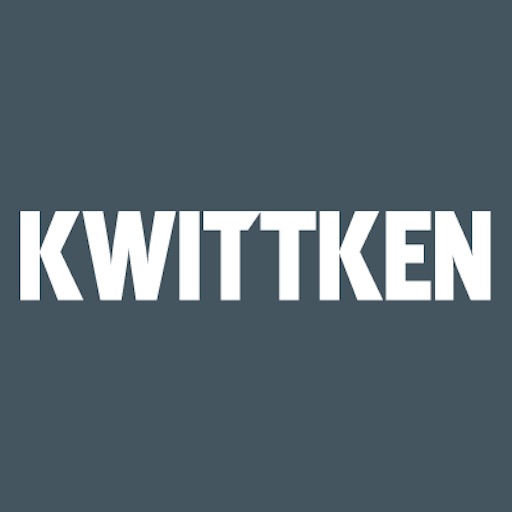Kwittken 04 Aug 2016 // 3:49AM GMT

Today’s communication professionals are often tasked with ensuring their strategies and execution tactics are flexible to evolve with any changes that can impact an established program. We sat down with Kent Robertson, Media Relations Team Leader, Chevron, to learn about his modern approach to communications and to hear how his experience in issues management, litigation and media relations have shaped the leader he is today.
Kwittken: What do you currently see as the biggest challenge and opportunity facing Chevron, from a branding and engagement perspective?
Robertson: Digital transformation in the marketplace is both a challenge and an opportunity. As the media evolves, companies have to follow suit. Some are further along in this process than others, but the rise of digital communications presents real opportunities. The world of news has also become much smaller, which poses reputational challenges to companies. Gone are the days of newsrooms filled with reporters. Instead, today’s newsrooms can take shape in anyone with a cell phone, thus posing opportunities and challenges from a reputation perspective.
Digital platforms provide new and effective means for companies to tell their stories, but these platforms can open a company up to scrutiny. Rules that once applied to a newsroom no longer apply on social media. Social media from a multinational perspective also presents new challenges, as it is consumed and regulated differently depending on the country. Companies need to adapt to the changing global environment and their local environments to determine the impact of social media on communications.
Kwittken: Big oil is notoriously volatile, with staffing cuts and budget shifts reflecting as prices go up and down. How does this practical reality affect your approach to communications and PR?
Robertson: It doesn’t. During difficult times, it’s important to talk about the value we create in people’s lives. At Chevron, we provide a product that enables economic development and growth. Over the past 100 years, we’ve had more than one billion people move into the global middle class and much of that has been enabled through reliable and affordable energy. Chevron (along with other energy companies more broadly) need to stay focused on the contributions they are making to the world around them.
Kwittken: What is your current approach to messaging and proactive press engagement?
Robertson: Our approach is very relationship-driven. There’s an expectation that our team will have meaningful relationships with key stakeholders including editors, reporters, bloggers, and influencers. But a meaningful relationship means more than simply exchanging a text or email. It’s about creating authentic engagements through conversations, understanding what reporters are interested in and ensuring they understand our story.
Kwittken: What is your approach to social media? How have you incorporated your social media strategy into your broader marketing and communications strategies?
Robertson: At Chevron, we established an entire team devoted to looking at digital platforms. This team determines how we can strategically engage with them and how we can evolve as the various platforms evolve. As algorithms are tweaked, so does our engagement strategy on these platforms. In today’s world, the lines are very blurred between social media and other areas of communications. You cannot be effective in communications today if you’re not fully astute to the digital platforms and new media available in the marketplace.
Kwittken: How does your previous experience in litigation communications inform your work and your mindset?
Robertson: First and foremost, this experience emphasizes the power and value of relationships. We have been able to successfully shift narratives through exercising patience, leveraging the strengths of certain relationships with reporters and establishing trust and credibility with them over time. This has enabled us to develop meaningful stories with reporters over longer periods of time and deviate from established media narratives from years prior.


































.jpg)












